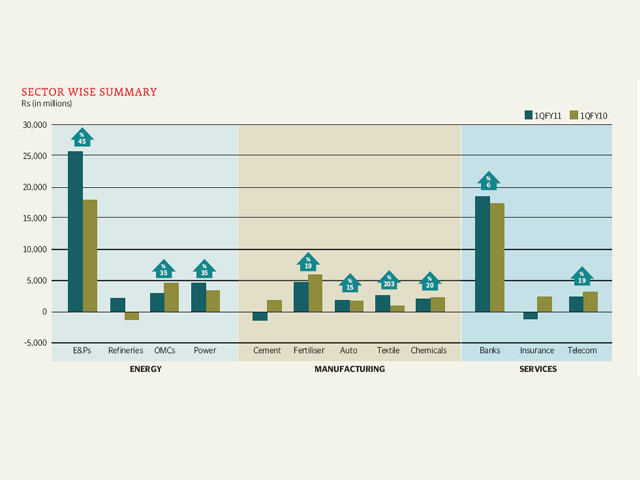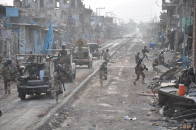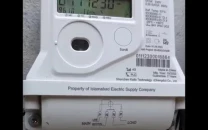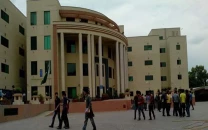Add some iron to your diet

This contaminated water, which contains waste material mainly generated from the Korangi Industrial and Trading Estate (KITE), has toxins that enter the crop through the soil.
Environment Protection Agency assistant director Muhammad Sohaib explains that, “The plants roots absorb the heavy metals when the water is given and are collected in the fruit. When we have a constant intake of such fruits and vegetables, it results in high blood pressure.” Experts also warn that toxins decrease immunity and work like a slow poison, damaging your immune system. That is also how heavy metal content is added into the food chain. Due to limited resources, farmers cannot afford to install tube wells so they have been relying on the Malir river for over a century. Most of the waste emitted by industries is released into fertile land through open pipes.
Dr Iqbal Saeed Khan, the former director-general of Sindh Environment Protection Agency (SEPA) and former additional health secretary, told The Express Tribune that dyes from textile industries located in KITE contain azo dyes, strong acids and alkalis that can cause bladder cancer. Chemicals released by rubber, polythene and plastic factories contain Persistent Organic Pollutants (POPs) that cannot be degraded easily and if consumed, remain in the body for a long time.
According to Dr Shahana Urooj, professor of Microbiology at Karachi University, heavy metals such as mercury, cadmium, lead, zinc and chromium that are found in industrial waste water can also hinder mental and intellectual growth in children and cause skin allergies and infections.
Former SEPA DG Dr Khan suggests that the sewage water should be treated before it is discharged into the Malir river. About what SEPA can do to check this practice, he said that political influences in the organisation make it difficult for its officers to take action against the industries.
A small farmer in Malir said, “I give a monthly rent of Rs10,000 for 22 acres of land.” When asked where he gets water from, he replied, “From the sewerage line.” The farmer builds a cement pond and then breaks off a chunk of a drainage pipe so that water flows into it. He then attaches a small suction pump that distributes the water into his vegetable patch. According to the National Forum of Environment’s Naeem Qureshi, around 550 million gallons of domestic and industrial waste is released from the city, out of which the Malir river releases 200 million gallons into the sea. “Only 160 million gallons of this waste is treated though treatment plants installed by the Karachi Water & Sewerage Board,” he said. About 45 per cent of Malir is used for farming and contributes 25 per cent of the city’s vegetables and fruits.
(with additional reporting by Huma Fatima)
Published in The Express Tribune, July 3rd, 2010.



















COMMENTS
Comments are moderated and generally will be posted if they are on-topic and not abusive.
For more information, please see our Comments FAQ